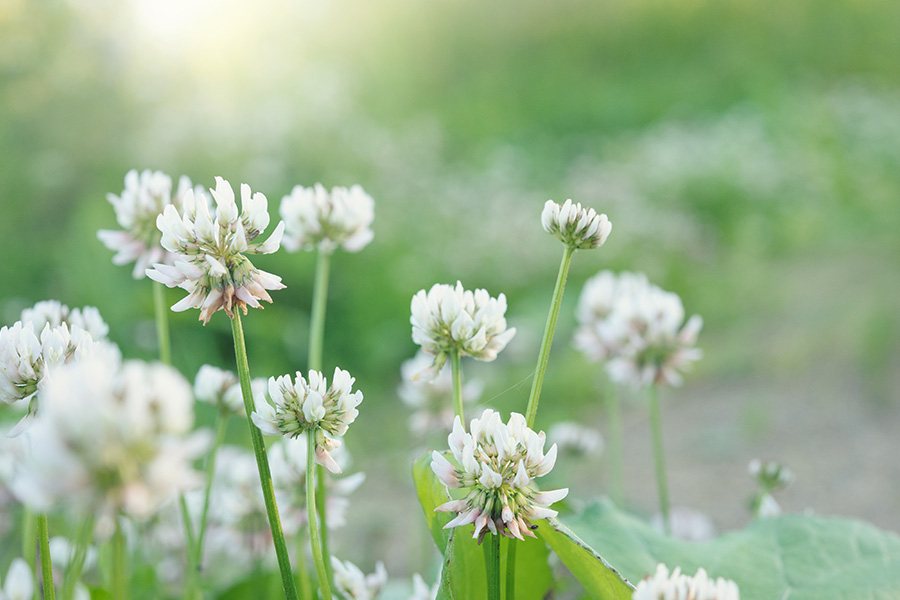Forages
-

Producing and/or purchasing hay to feed livestock through the winter represents a substantial expense. This publication details strategies and considerations when stockpiling and utilizing tall fescue.
Dennis Hancock
|
-

This research report presents the results of the 2016 statewide performance tests of soybean, sorghum grain and silage, and summer annual forages. The tests for various evaluations were conducted at several or all of the following locations: Tifton, Plains, and Midville in the Coastal Plain region; Griffin and Athens in the Piedmont region; and Calhoun in the Limestone Valley region.
The University of Georgia soybean variety trials are irrigated. In addition, dryland soybean variety trials were conducted at four locations (Midville, Plains, Tifton, and Griffin), and irrigated, ultra-late planted soybean variety trials were conducted at Midville and Attapulgus. All are included in this report.
Agronomic information, such as plant height, lodging, and disease occurrence, is listed along with the yield data. Information concerning planting and harvest dates, soil type, and culture and fertilization practices used in each trial is included in footnotes. Since the average yield for several years gives a better indication of a variety’s potential than one year’s data, multiple-year yield summaries have been included.
James LaDon Day, John Gassett, Dustin G Dunn, and Henry Jordan
|
-

A good pasture and forage program can provide quality feed and normally will be the most efficient and economical means of providing a substantial part of equine rations. In Georgia, we are fortunate to have a mild climate, soils suitable for producing forages and a good selection of highly productive forage species. With careful planning and good management, adequate grazing can be supplied for up to 10 months of the year in most areas of the state. To many producers, the term “horse pasture” denotes grazing management and forage crops unique to horses. This is not the case at all. Because the horse is a herbivore, most forage crops commonly used for cattle can also be used to provide grazing for horses.
John G Andrae
|
-

Much attention has been placed on the potential negative environmental impacts of grazing; however, grazing can be a powerful tool for improving pasture health and productivity. Grazing diminishes the competitive ability of plants like broomsedge and johnsongrass and improves the competitiveness of bermudagrass, bahiagrass and even clovers. Improper grazing, on the other hand, can decrease the competitiveness of desirable species like orchardgrass or switchgrass and encourage undesirable weedy species.
Dennis Hancock and John G Andrae
|
-

This publication shares the collective experience of research and extension personnel on bermudagrass cultivars that are (or could be) grown in Georgia.
Dennis Hancock
|
-

C 915
Nitrate Toxicity
This publication summarizes the effect that high nitrates have on the animal, presents the conditions to expect in toxic concentrations of nitrates, and outlines strategies that could prevent or reduce the risk of nitrate toxicity.
Dennis Hancock
|
-

White clover (Trifolium repens L.) is a cool season perennial legume of Mediterranean origin. White
clover has been used as a forage in North America since Colonial times. Benjamin Franklin noted its
prevalence in cleared and disturbed land as early as 1746. There are many animal and agronomic related reasons for establishing a productive stand of white clover in existing grass pastures. This publication covers tips on selecting, establishing and managing white clover to help ensure a productive stand.Dennis Hancock and John G Andrae
|
-

This research report presents the results of the 2015 statewide performance tests of soybean, sorghum grain and silage, and summer annual forages. The tests for various evaluations were conducted at several or all of the following locations: Tifton, Plains, and Midville in the Coastal Plain region; Griffin and Athens in the Piedmont region; and Calhoun in the Limestone Valley region.
The University of Georgia soybean variety trials are irrigated. In addition, dryland soybean variety trials were conducted at four locations (Midville, Plains, Tifton, and Griffin), and irrigated, ultra-late planted soybean variety trials were conducted at Midville and Attapulgus. All are included in this report.
Agronomic information, such as plant height, lodging, disease occurrence, etc., is listed along with the yield data. Information concerning planting and harvest dates, soil type, and culture and fertilization practices used in each trial is included in footnotes. Since the average yield for several years gives a better indication of a variety’s potential than one year’s data, multiple-year yield summaries have been included.
James LaDon Day, John Gassett, Dustin G Dunn, and Henry Jordan
|
-

Alfalfa is a high-yielding, perennial legume that is well-suited to hay, silage, or pasture production. Alfalfa is known as the “Queen of Forages” because it produces an excellent quality, high-protein forage. These properties make alfalfa one of the most widely-grown crops in the world.
Lane O. Ely, Gary Lee Heusner, Robert L. Stewart, G. David Buntin, R. Curt Lacy, and Dennis Hancock
|